Which coffee beans to choose for hand brewing coffee | how to select hand brewing coffee utensils
Professional coffee knowledge exchange more coffee bean information please follow the coffee workshop (Wechat official account cafe_style)
How to choose hand brewing coffee utensils
Coffee bean grinder
In fact, in the whole novice rush into the door equipment recommendation, only the money for the coffee bean grinder should not be stingy. If we have an excellent coffee bean in hand, they have a good planting environment and excellent roasting, then it is very important for the grinding of coffee beans. Without a good grinder, it would be too wasteful.
There are two kinds of grinders: breakup action and electric. Generally, electric grinders have the problem of losing coffee flavor due to the heat of the product, which is caused by the excessive speed of the cutter head. In general, the hand mill is smaller and more portable than the electric mill, and the price is much cheaper. At the same time, because the rotational speed is very slow, there is no heating problem in grinding beans.
But the efficiency of the electric mill can not be surpassed by the hand mill, but the performance of the low-end electric mill is really uneven.
Introduction to electric coffee grinder:
Baratza Encore-Conical Burr Coffee Grinder (with Bin)
The grinding is uniform, and the fine powder is less, and the performance is gratifying. Although the entry price of about 1360 yuan is slightly higher, this is the entry style of the electric grinder.
Introduction to manual coffee grinder:
HARIO MSCS-2TB
Hand mill with excellent feel, thick and wear-resistant. The ceramic grinding core can prevent electrostatic adsorption, and it doesn't take much effort to grind except the coffee beans with very hard texture.
Second, hand punch pot
As the soul of hand-brewing coffee, its pattern is not too many, only distinguished from the spout, there are only two kinds of thin-mouthed pot and crane-billed pot. For beginners, it is best to choose a thin-nosed pot so that you can control the current more easily.
The thin-mouthed pot is the beginner's choice.

Hand-brewed coffee beans are recommended, and four types of coffee beans are recommended for Qianjie Coffee, namely: Jamaica Blue Mountain, Columbia, Mantenin and Yega Chet Coffee. The reason is that these four kinds of coffee represent different flavor series, and when you put the four kinds of coffee together, you can feel the obvious difference.
1. Jamaica Blue Mountain: it is a kind of coffee with slightly sour, supple, sweet, delicate and balanced flavor; pure Blue Mountain coffee has a light taste and flavor, but it is very mellow and delicate to drink; it is rated as having aristocratic taste and is the best coffee.
The Blue Mountain area is a small area with a planting area of only 6000 hectares, and it is impossible to grow all the coffee marked "Blue Mountain" there.
Blue Mountain is divided into four grades, from top to bottom in terms of quality: NO.1, NO.2, NO.3 and PB,PB are round beans. According to CIB standards, coffee grown above 666m above sea level is called Jamaican alpine coffee; coffee grown outside the Blue Mountains is called Jamaican coffee.
Among them, the basic standard of blue mountain raw beans of NO.1 is beans with more than 17 mesh, and the defect rate is less than 3%.
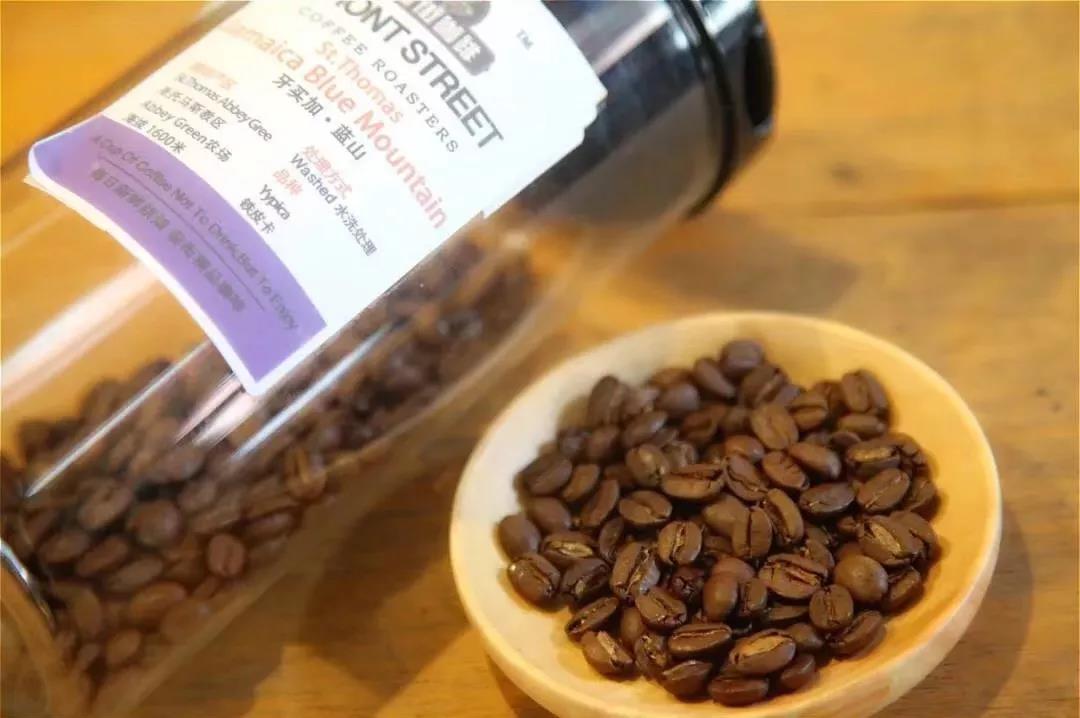
Qianjie coffee is recommended to be brewed.
Daily filter cup selection: V60 filter cup, kalita fan and KON0 can be used.
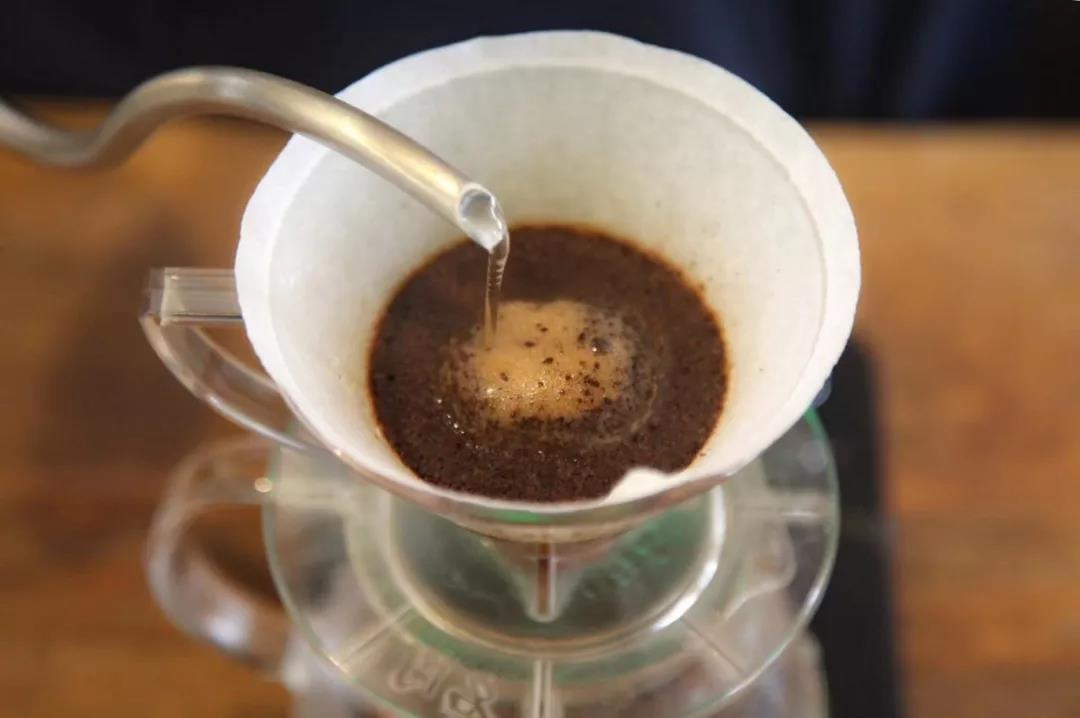
Take the KONO filter cup as an example:
Parameters: 15g powder, water temperature 84-86 degrees, BG grinding 6m (Chinese standard 20 sieve, pass rate 47%), that is, small Fuji grinding 4, water powder ratio close to 1:14, total time about 1:50
Technique: 25-30g steam, steaming time is 30s, slow water injection to 120g or so, when the water level is about to expose the powder bed, start water injection to 210g.
Other extraction suggestions:
Normal pressure: 3.5-4 degree of grinding / water temperature 86 degrees
Siphon: 4 degree of grinding, water temperature: 89 degrees
Philharmonic pressure, 2.5 degree of grinding, water temperature 86 degrees
Tips:
The baking degree of Blue Mountain is relatively deep, if the water temperature is too high, it will be easy to produce astringent taste, and will have a very obvious smoky smell.
2. Colombia: Colombian coffee beans are defined as neutral, mainly showing nutty aromas, slight acidity, low bitterness and a good sense of balance.
Colombian coffee is one of the few individual coffees sold in the world under the name of the country. In terms of quality, it has won praise unmatched by other coffee. The country is the world's largest exporter of Arabica coffee beans, while Robusta coffee is rarely grown. It is also the world's largest exporter of washed coffee beans (Washedbeans). Compared with other producing countries, Colombia is more concerned with developing products and promoting production. It is this, coupled with its superior geographical and climatic conditions, that makes Colombian coffee excellent in quality and delicious and famous all over the world.
Columbus coffee cultivation is distributed along the Andes Mountains, from south to north, roughly divided into northern producing areas (green), central producing areas (orange, purple) and southern producing areas (yellow), in which orange-purple areas have primary and secondary production seasons. green and yellow areas have one season.
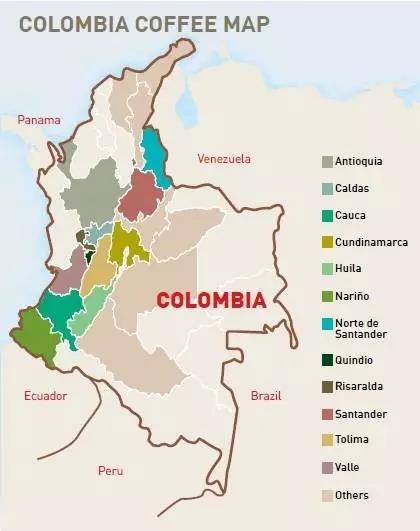
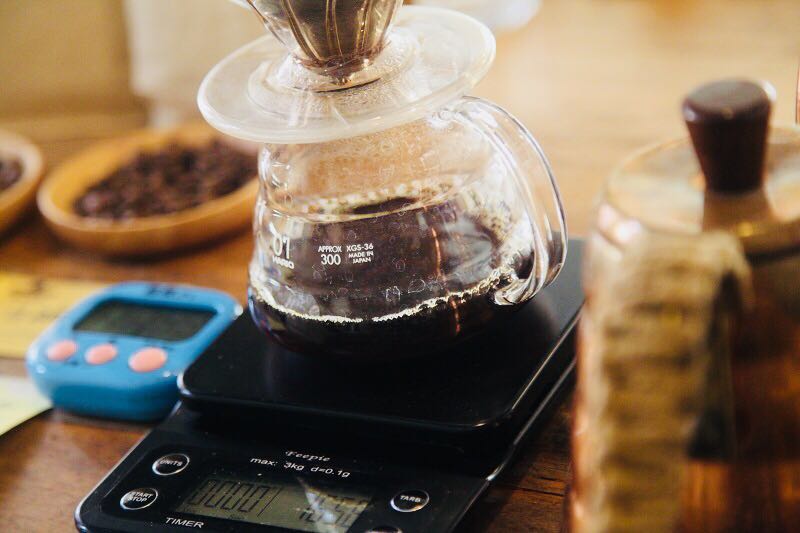
Front Street Coffee hand Chong recommendation
V60 filter cup, 15 grams of powder, water temperature 90-91 degrees, grinding 3.59 Chinese standard 20 sieve pass rate 64%), water powder ratio close to 1:15
Technique: 25g water steaming, steaming time is 30s, the first stage water injection to 125g water cut off, slow water injection to 225g, that is, 30-125g-225g
3. Manning: the bitter point is higher, there is almost no sour taste, and the mellow thickness is high. A kind of coffee bean that Chinese people like very much, it tastes like chocolate and has caramel aroma.
Mantenin is also known as "Sumatran Coffee". Gayo is mostly produced in North Sumatra. Lake Tawa, which is dominated by ateng varieties, can be called Aceh Coffee or Lake Tawa (Tawar lake) Coffee, and the area between Lintong and Lake Toba lake in South Sumatra can be called Mantenin. Lindong is the producing area of Mantenin, and the best mantenin varieties have four varieties: Sidikalang, Bergendar, Siborong borong and Telok Sanggul.
Lake dopa, located in the central part of North Sumatra, was moved northward to the Lake dopa area by Dutch colonists in 1888, creating the modern Mantenin legend.
Lake Tawa is located in the middle of the Aceh Special Administrative region. Located at the northern tip of Sumatra, the area is less than 1/10 of Lake dopa. However, the quality and output of coffee have surpassed that of Lake dopa in recent years.
The Gayo Mountains are located in the Aceh-producing region of the northern province of Sumatra, where most of the coffee farmers working in Gayo are local farmers. The word "Gayo" comes from the tribes of Aceh in Indonesia. This area has ideal growth conditions, long history and culture and unique flavor. The region widely uses organic methods to grow coffee without chemical fertilizers, and is considered to be the world's green coffee production region. Therefore, Gayo coffee is often called green coffee and Gayo organic coffee.
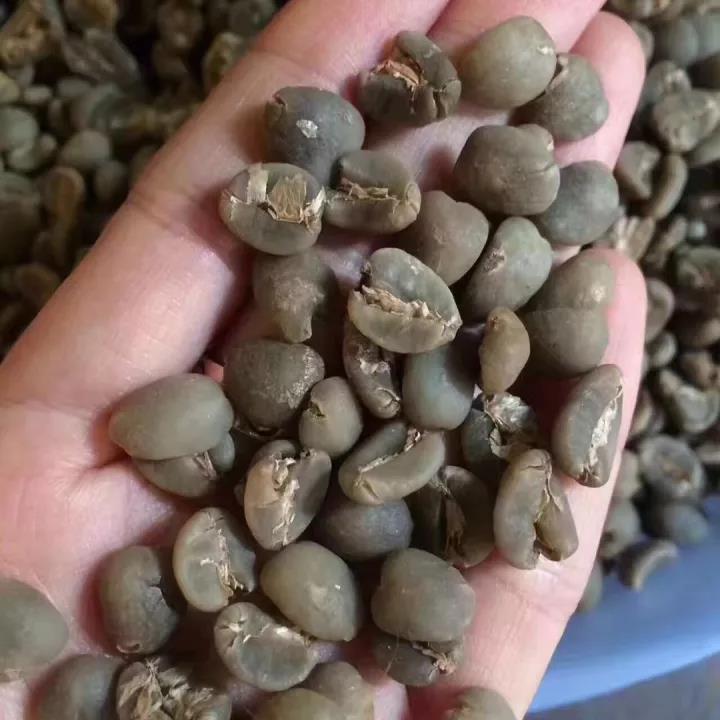

Suggestion on brewing coffee in Qianjie
Filter cup: KONO
Gouache ratio: 1:14
Degree of grinding: small Fuji 3.5
Water temperature: 86 ℃
Brewing and cooking techniques:
Steam for 30s with 26g water, slowly inject water to 118g for segmentation, and then slightly increase the slow flushing to 210g.
Total duration: 1 million 39 percent 45 "
4. Yega Xuefei: washed Yega Chuefei has high acidity and low bitterness, and the bright fruit is sour and sweet with some flower fragrance. Sun Yega Chuefei shows more fruit aromas, fermented wine aromas and higher sweetness.
Many enthusiasts can not distinguish between the two producing areas of [Yegashafi] and [Sidamo]. They both belong to Ethiopia. Generally speaking, Sidamo is a province. Yegashafi is a town in Sidamo province. Sidamo is 2100 meters above sea level. Yega production area is higher above sea level, with the highest elevation of more than 2600 meters, which is much higher than that of Sidamo.
Most of the coffee cultivation of [Yega Xuefei] belongs to the pastoral coffee model, in which coffee farmers plant coffee trees near their living areas and harvest them during the harvest season. it is then sent to a nearby treatment plant built on water for unified treatment (or purchased by a middleman). In addition to a small number of plantations that have the strength to grow, pick and handle raw coffee beans independently, many coffee beans from different regions and varieties will be centrally processed by the processing plant and then sent to the auction house for official evaluation and grading.
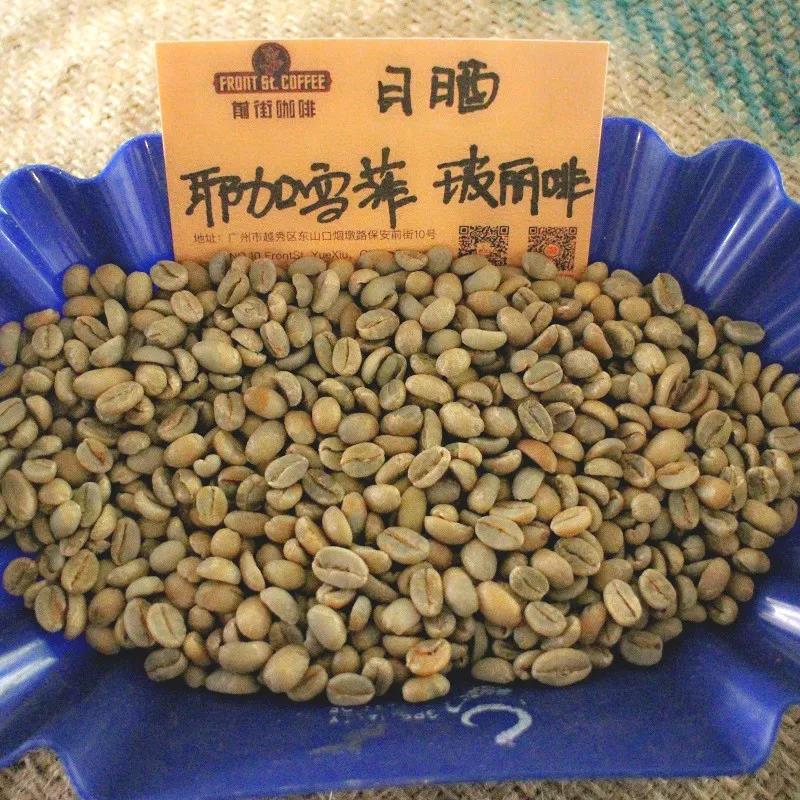
Qianjie coffee suggests Yega Xuefei to brew it.
As for the way of brewing, hand brewing and siphon brewing are the best. When you grind the beans, you can smell the sweet smell of the sun fruit.
Gentle and delicate, sweet and lovely. Yega Chuefei exudes an extremely complex aroma and shows an extremely excellent taste that is difficult to describe.
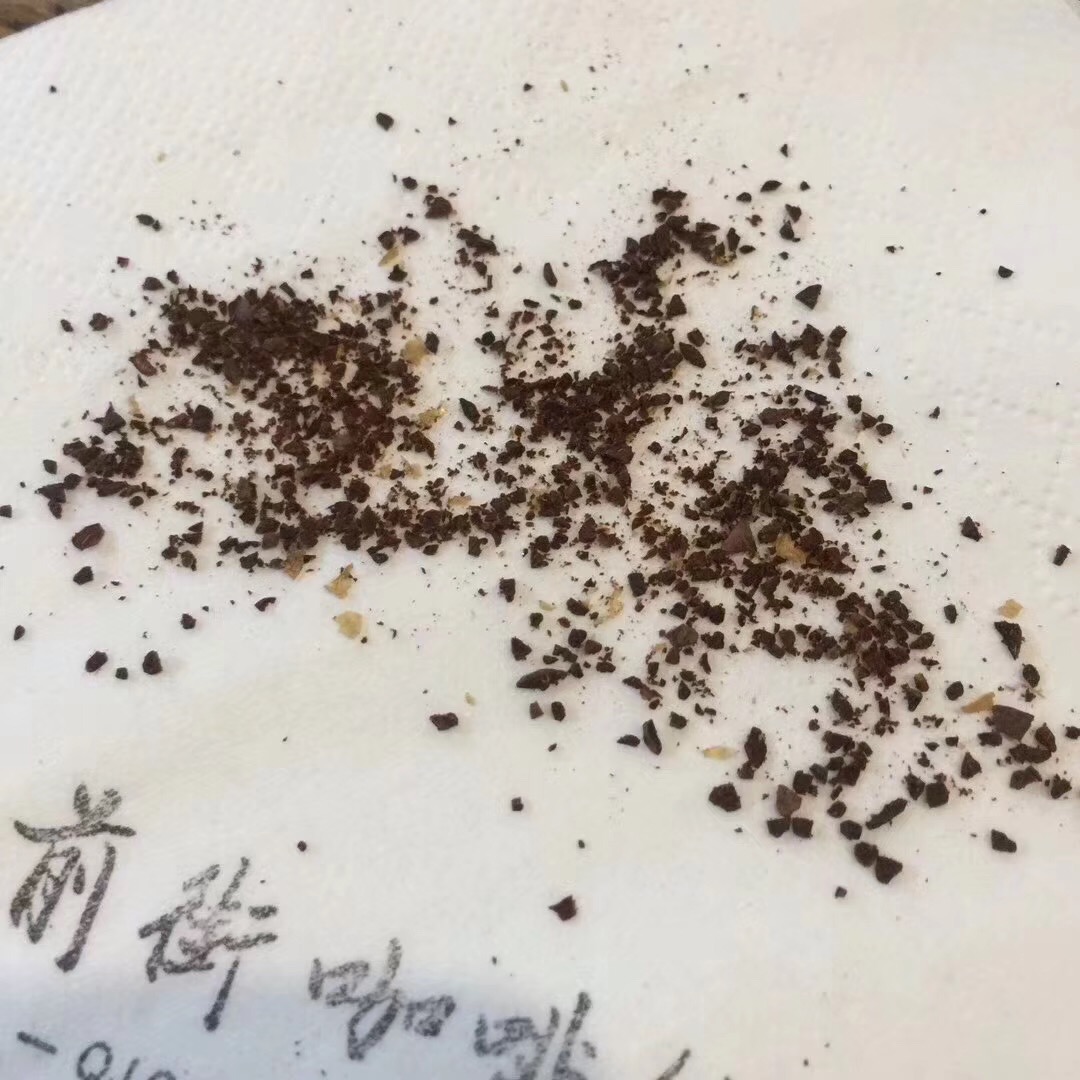
V60 filter cup, 15g powder, water temperature 86 degrees, grinding 3.5
The ratio of water to powder is close to 1:15
27 grams of water is steamed for 28s.
Section: 27-105-88, time is 1:50 (steaming starts)
Palate: smooth, layered, sweet fermented berries
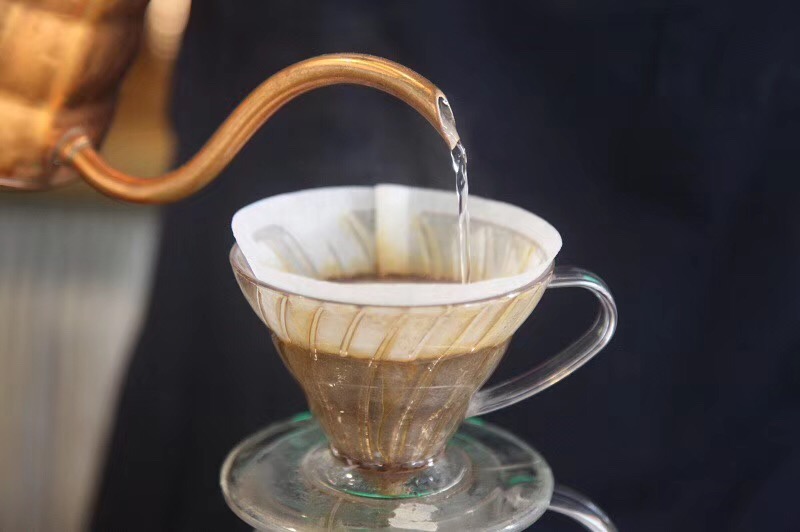
The flavor of the fermented wine with wet-fragrant ripe berries makes people not believe that it is Yega Xuefei, but this kind of wet fragrance is more like ghost rotten wine.
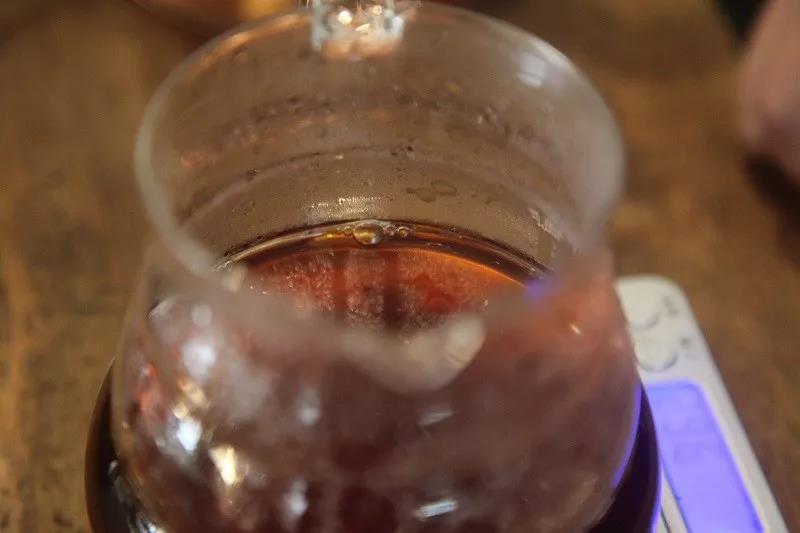
But from the extremely smooth entrance to the delicate mellow thickness, the sour and sweet appearance of ripe fruit, the strawberry taste is really amazing, sweeter than any Yega I have ever drunk before. Yu Yun's performance is also quite good, worthy of the "fruit bomb", which can basically guarantee that the mouth can still feel sweet for half an hour after drinking.

The taste of these four coffee beans is the most intuitive understanding, so according to the taste of these four coffee beans are defined as balanced, sour, mellow and bitter, sweet. If you are interested, you can try these four kinds of coffee beans separately. I'm sure you can find your favorite flavor.
Qianjie coffee: Guangzhou bakery, the store is small but a variety of beans, you can find a variety of unknown beans, but also provide online store services. Https://shop104210103.taobao.com
Important Notice :
前街咖啡 FrontStreet Coffee has moved to new addredd:
FrontStreet Coffee Address: 315,Donghua East Road,GuangZhou
Tel:020 38364473
- Prev
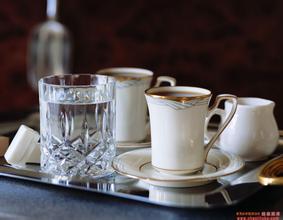
Does fancy coffee need to be stirred?-introduction to the flavor and taste of the method and production method.
Jamaica Frost Coffee 1. Add iced coffee 4 minutes full, add ice cubes, add 5 grams of sugar oars. 2. Add ball ice cream and raisins to the ice cream. 6. Southern Lianqu iced coffee (pure iced coffee) 1. Add 3 minutes of coconut milk, add 10 grams of syrup, and then stir well. 2. Add iced coffee to 8 minutes full, never pour it too fast, so as to avoid damage.
- Next
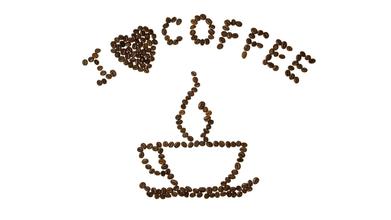
What is the most suitable water temperature for hand-brewing coffee?
Coffee is a kind of drink that can excite nerves. It is recommended that you first put coffee powder into the pot, then put in water above 1/5 degrees Celsius to brew and stir evenly until the aroma of coffee comes out, and then add 2/5 cold boiled water. If you want to drink it now, it is recommended to add ice cubes, and the rest can be frozen in the refrigerator to prevent the fragrance from being distributed, if you want to.
Related
- Beginners will see the "Coffee pull flower" guide!
- What is the difference between ice blog purified milk and ordinary milk coffee?
- Why is the Philippines the largest producer of crops in Liberia?
- For coffee extraction, should the fine powder be retained?
- How does extracted espresso fill pressed powder? How much strength does it take to press the powder?
- How to make jasmine cold extract coffee? Is the jasmine + latte good?
- Will this little toy really make the coffee taste better? How does Lily Drip affect coffee extraction?
- Will the action of slapping the filter cup also affect coffee extraction?
- What's the difference between powder-to-water ratio and powder-to-liquid ratio?
- What is the Ethiopian local species? What does it have to do with Heirloom native species?

